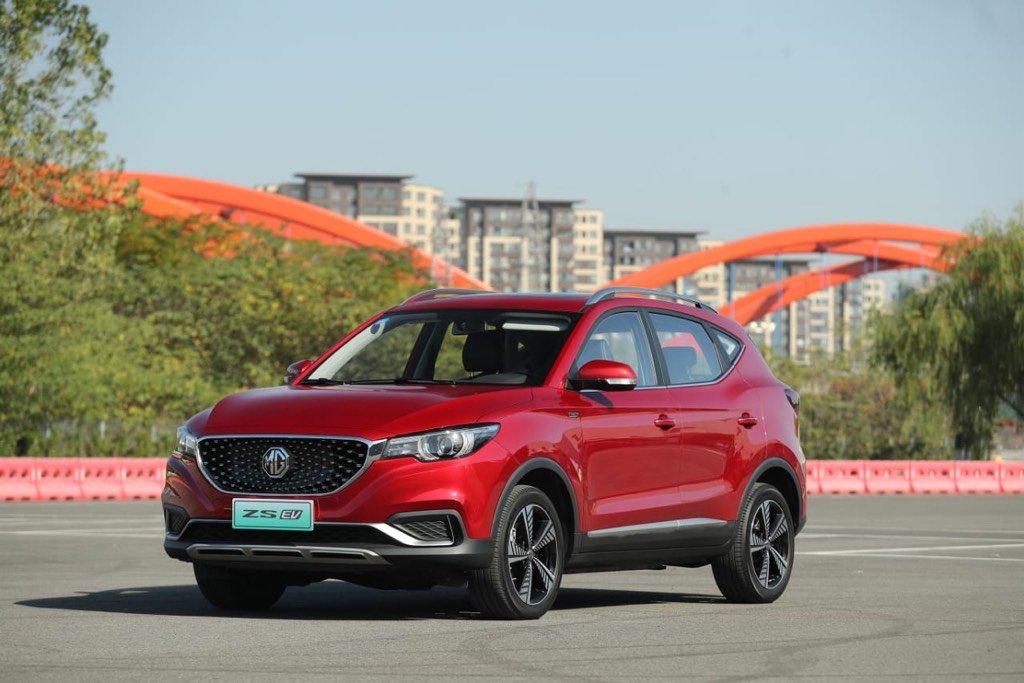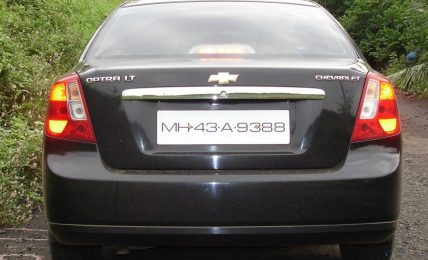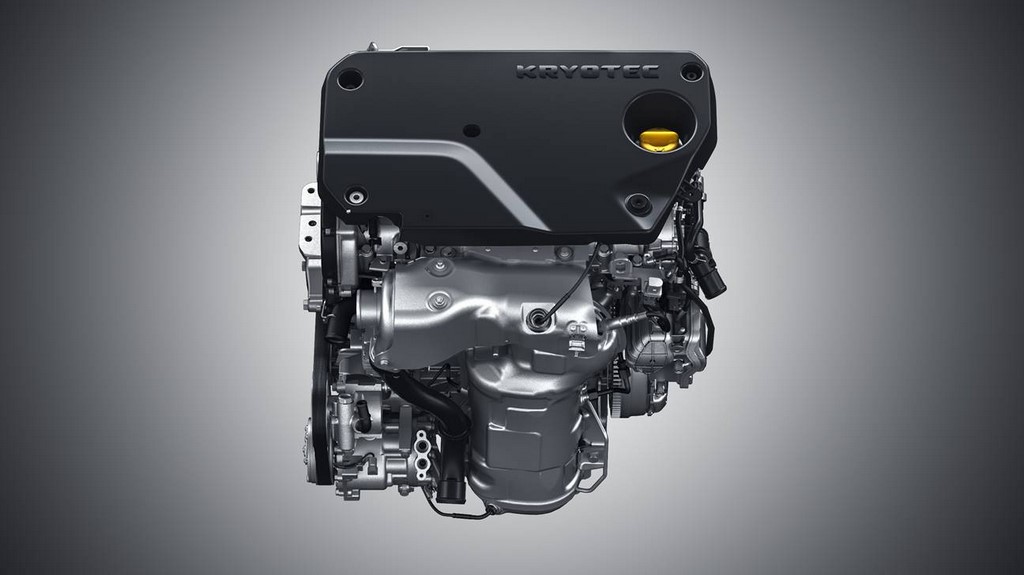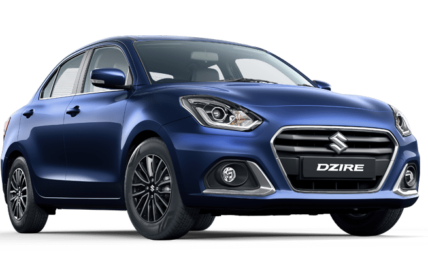MG Rover Group’s Problems

The story does not end there. You see, the MG Rover Group was not very profitable. In fact, it was making some heavy losses. Even in its best year under the Phoenix Consortium ownership, the company made a loss of 80 million Euros. So obviously, even the consortium wanted none of it. A deal was to be done with the current owners of MG, (SAIC) back in 2004 itself. But they aborted the deal, after they were advised against it by the National Development And Reform Commission of China.
SAIC went ahead and bought the technical rights for manufacturing two cars that were manufactured by Rover (Rover 25, Rover 75). They could not get the rights for Rover, which was still owned by BMW at that time. However, later, SAIC set up a brand called Roewe, and sold an extended version of the Rover 75, called the Roewe 750. Things were not looking so well for the Rover group.
Ultimately, after several failed talks with the company, and even after some government intervention, the company was sold to another consortium led by the Nanjing Automobile Group. The final deal was for 60 million Euros, and Nanjing, later merged into SAIC. Because of the length of time this company was in administration, more than 30,000 jobs were lost. What is interesting is that, during this time, no British brand/holder was ready to invest. In the end, an American consortium, and Nanjing finished the deal.
The first MG branded car, the MG6 was under production in 2011, after 16 years. The MG brand we see now has actually been through this much, before it lies with SAIC. The company is now doing much better, and its venture into India has been successful too.




